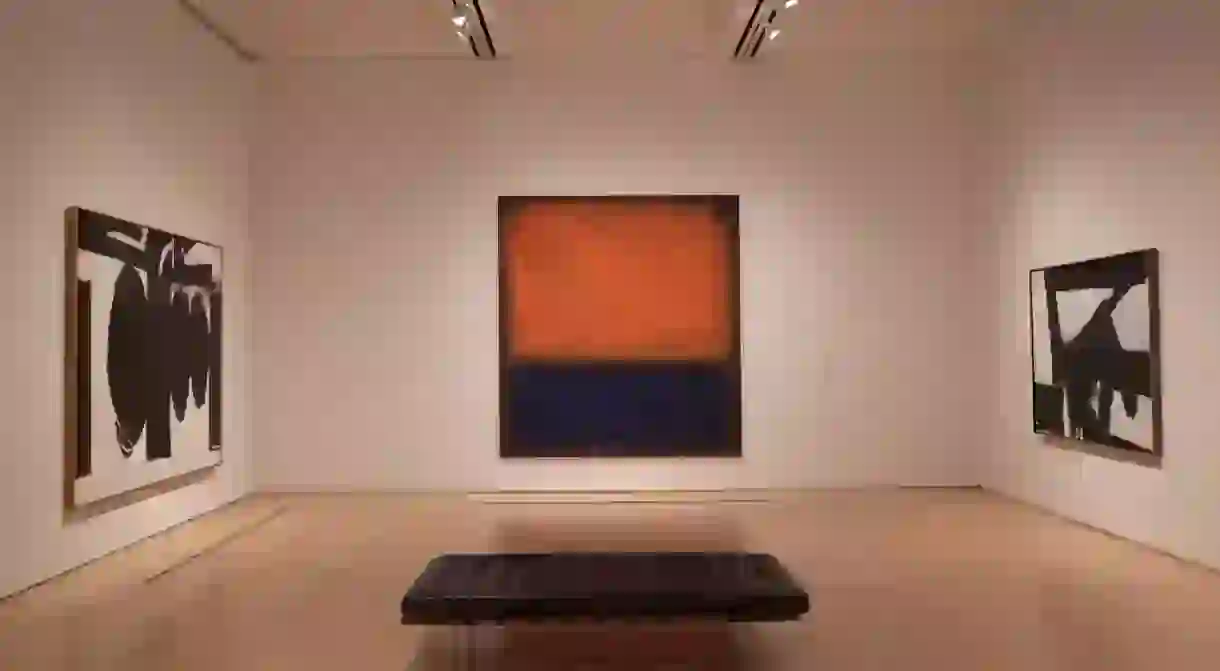How Art Can Help Us Through Another Great Depression

When the stock market crashed in 1929, the world fell into an era of crippling uncertainty. To combat the devastating economic meltdown that followed, U.S. President Franklin D. Roosevelt fiercely championed the arts. Today, as we find ourselves submerged in similar unease, history reminds us that art remains an unexpected ally.
The period of severe poverty that followed Wall Street’s collapse in October 1929 is remembered as the Great Depression (1929-1939). As destitution tore through the United States and a looming World War posed threats of horror, hatred, and despair, President Franklin D. Roosevelt (FDR) chose an unlikely priority. As part of his New Deal – a program designed to lower the crushing unemployment rate and stabilize the economy – FDR advocated for the mass-production of art.


From the mid-1930s through the early 1940s, countless artists such as Louise Nevelson, Lee Krasner, Jackson Pollock, Willem de Kooning, and Mark Rothko were employed by the government. As part of FDR’s Works Progress Administration (WPA), the Federal Art Project engaged thousands of skilled but impoverished men and women to raise national morale and help rebuild the country’s derelict economy. Not only did the WPA create jobs and promote diversity through a non-discrimination clause, but it recognized art as a means of affording Americans what FDR called “an abundant life.” The president understood, imperatively, that art is a necessary component of overall wellbeing.

Needless to say, FDR was surrounded by politicians who saw the WPA as a useless federal expense. In 1943, following a complex network of political complications, the WPA was dissolved. But by that point in time, the program had made an astounding cultural impact and left an unbreakable legacy. Photographers like Dorothea Lange and Berenice Abbott had documented and humanized America’s poor. Abstract Expressionism, the burgeoning aesthetic of the post-war age, fostered the formation of the highly influential New York School (a group of like-minded New York City-based artists, dancers, musicians, and writers in the 1950s and 60s). The next wave of artists were present and inspired.

Through the WPA initiative, Americans had developed a new appreciation for culture – especially in tough times.
While the economy is (presently) more stabilized than it was in the 1930s, the extreme political turmoil following watershed events such as Brexit and Trump’s election places the world in a contemporary ‘Great Depression’ of the mental, emotional, and spiritual variety. The international community has exhibited immense collective strength and resilience, which makes the need for artistic beauty and reflection even greater. An outlet for frustration, creative expression can help fortify the fighting spirit.

Today, President Trump allegedly plans to demolish the National Endowment for the Arts on the basis that it’s a waste of government money (the NEA’s current annual budget is $148 million, while it costs New York City $1 million per day to keep Trump’s family in Trump Tower). While they remain funded, cultural institutions are safe havens for all, challenging divisive politics by promoting collectivity and multiculturalism. As history reveals, art is crucial in times of hardship.













